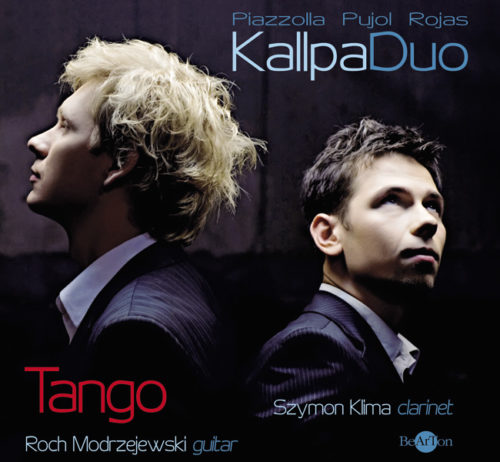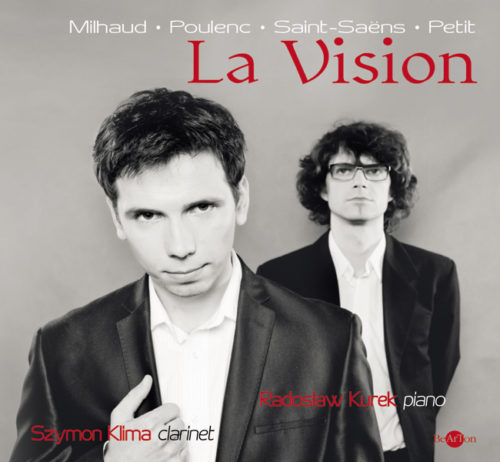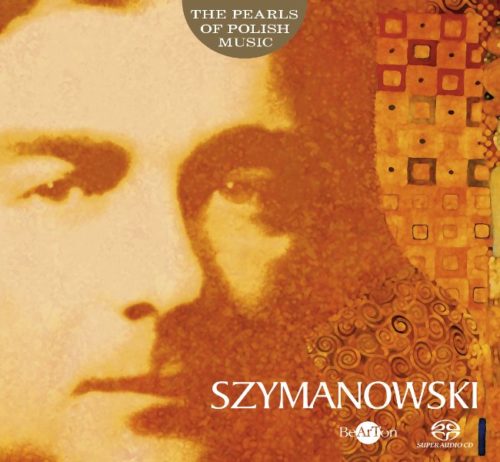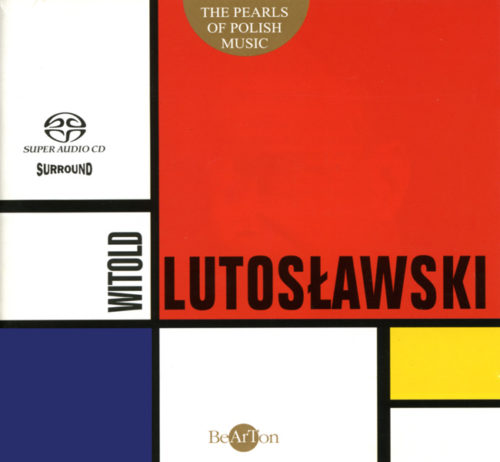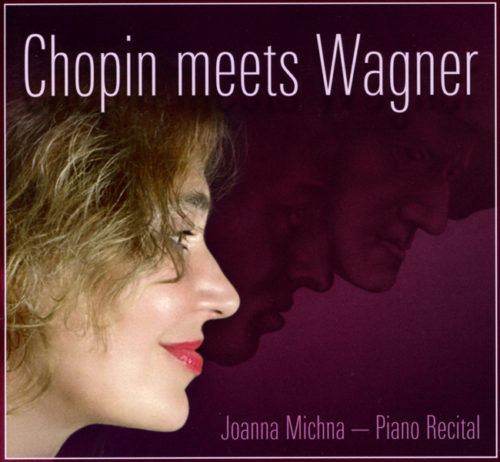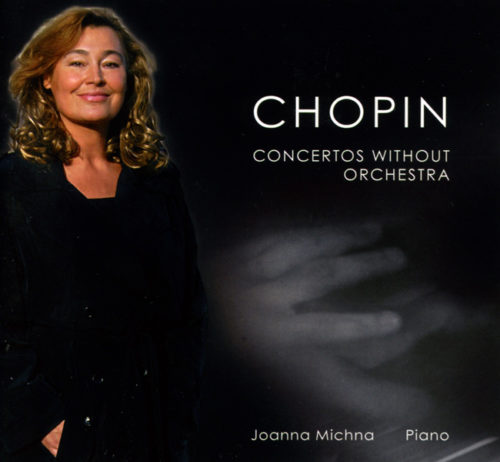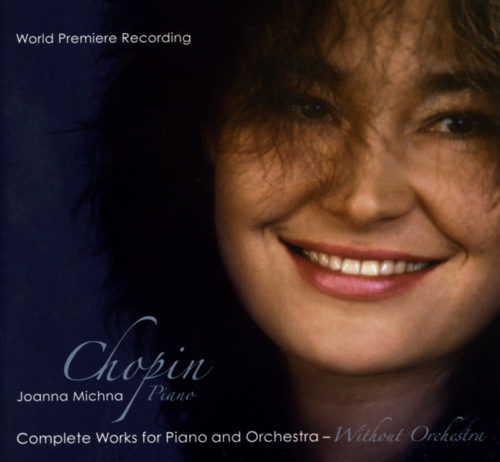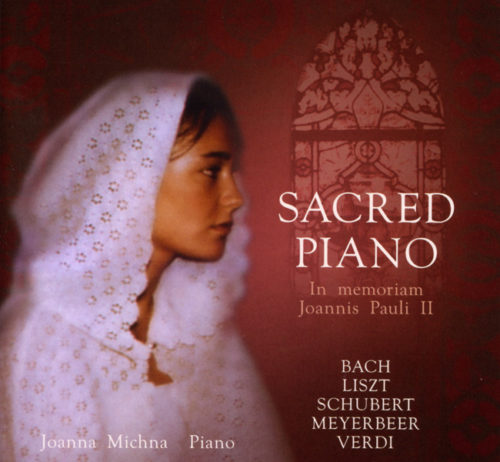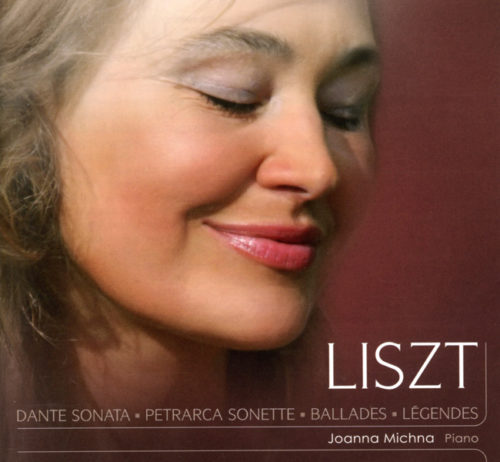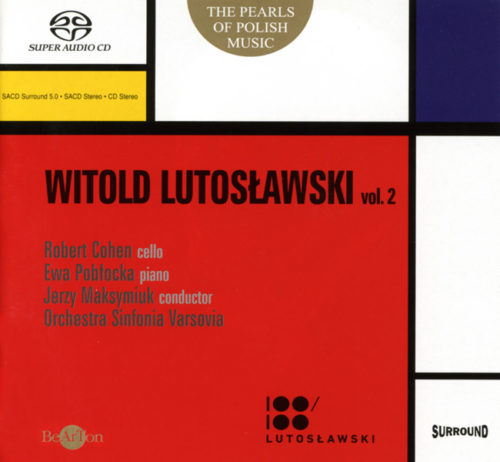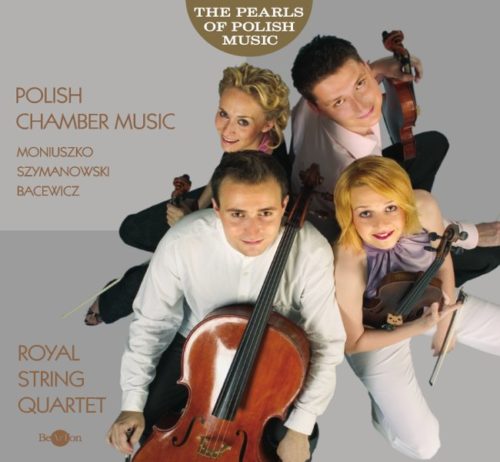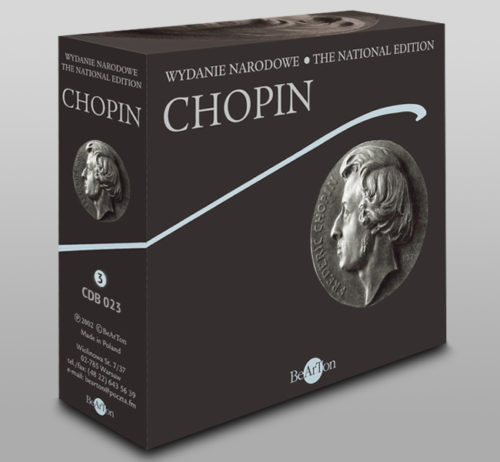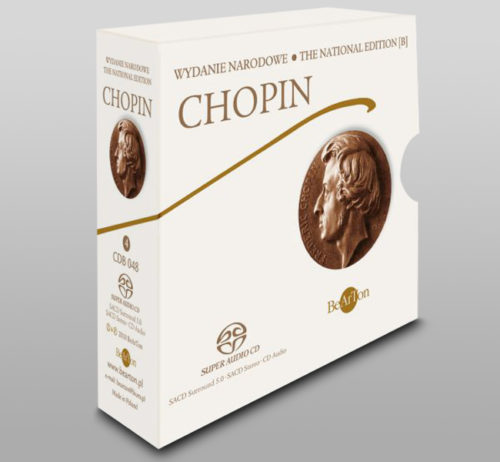Description
The Brillant Style and New Meanings
The pieces recorded in our album originate from the period of Chopin‘s youth and they refer to the conventions of the brillant style. That style dominating in the 1820’s and 1830’s was evoked by virtuoso pianists concentrating on technical perfection: brilliant, virtuoso and stunning show performances. Those aspects appeared for the first time in Chopin‘s solo piano works, and the style became a starting point for his concerting pieces and both Concertos.
Fantasia on Polish Airs in A major op. 13 was composed in 1828-29 and referred to the then popular genre of virtuoso arrangements of the well-known melody medleys plying on national feelings. Each of the three melodies that constitute the basis of the piece: a manor – house romance of Laura and Filon, a dumka assigned to K. Kurpiński and the Jedzie Jasio od Torunia, kujawiak, determine the familiar expressive nature, being so dear to the Polish ear. The thematic material was subjected to frequent paraphrases, variation processing, sophisticated figuration and ornamentation, although not in the tone of virtuoso brightness, but rather of tender gentleness. Dolce (used 28 times) dominates over brillante here, delicatissimo, cantabile, and semplice over con anima and agitato.
We should pay special attention to the large introduction (Largo non troppo) in the Fantasia, being attractive for a characteristic Chopin-like idiom that was revealed right there to a larger extent than in any previous works. New poetics resulted from a non-trivial use of harmonics and rich ornaments that created stunning shapes and designs. The figures assumed from the brillant style were multiplied and diversified by Chopin to a previously unknown degree, giving to them unique subtlety and delicacy. Each subsequent bar had a different and separate rhythmic structure, while lyrical melodies, with a wide breath, were interwoven with ornaments into one inspired course of musical narration. The author of that delightful introduction definitely exceeded beyond the conventions of the assumed style. The role of the orchestra in the Fantasia was reduced to accompaniment, creating a quasi-oniric or possibly fabulous background for the concerting soloist, and if the wood and the horns assume sometimes the motifs of the themes, they do so only not to be lost in ingenuous piano figurations.
Piano Concerto in F Minor op. 2 was composed in 1829-1830. Chopin‘s biographers unanimously explained the circumstances of the piece’s origin. In fact, those circumstances were revealed by the composer himself in his letter to Tytus Wojciechowski: …Because I may possibly be unlucky to have my ideal which I have been worshipping faithfully, without conversing with her, for six months, dreaming of her as well, to commemorate my ideal, I composed an Adagio to my Concerto… And that ideal was Chopin‘s peer, beautiful Konstancja Gładkowska. The young artist’s enchantment was overwhelming, which was obvious for any romantic, and it lasted long after Chopin left Warsaw. The lady, however, did not treat seriously her admirer, since she burnt all the letters sent to her. Let me add that the first of Chopin’s muses was replaced by another famous addressee of the dedication, Delfina Potocka, upon publication of the Concerto in F Minor (1836).
The construction and the nature of the Concerto comply with the brillant style conventions. The first part has the form of a sonata allegro, with a double exposition, while the second one the form of a song, with the third one being a rondo. Essentially, the Allegro is saturated with a large dose of lyricism, especially in the second theme, containing an unusual Chopin-style cantilena, oscillating between a dynamic march and the moments of day-dreaming, or between con anima and sostenuto.
Marek Wieroński

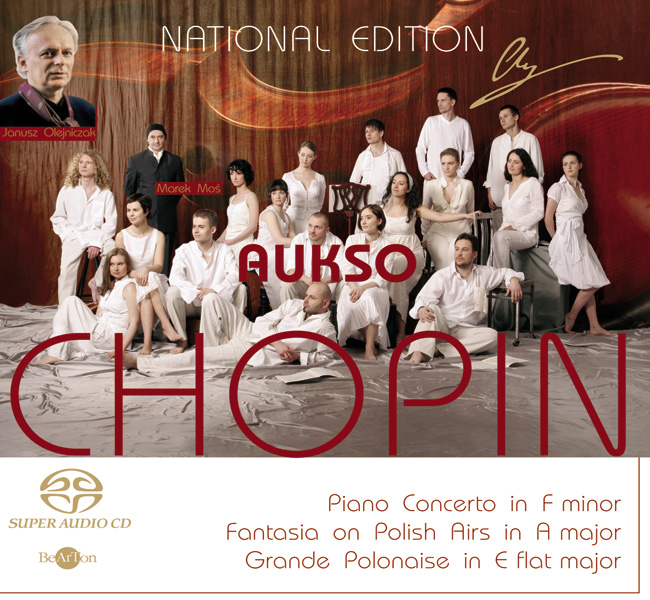
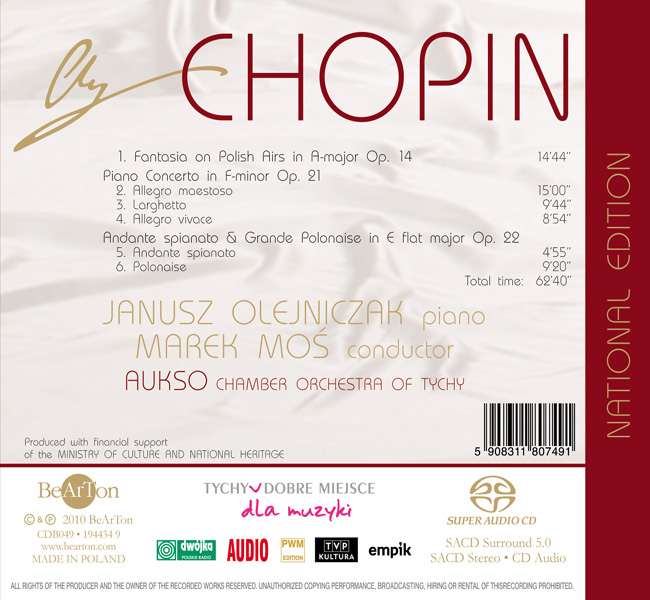










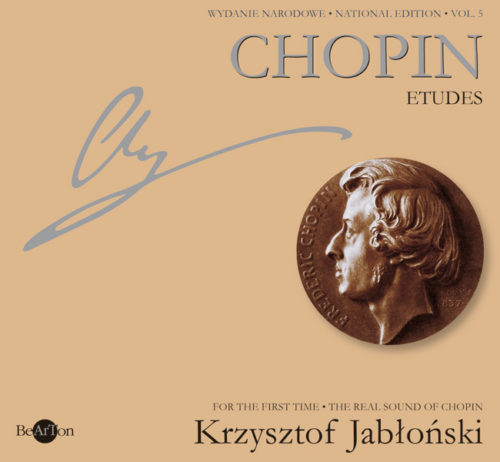
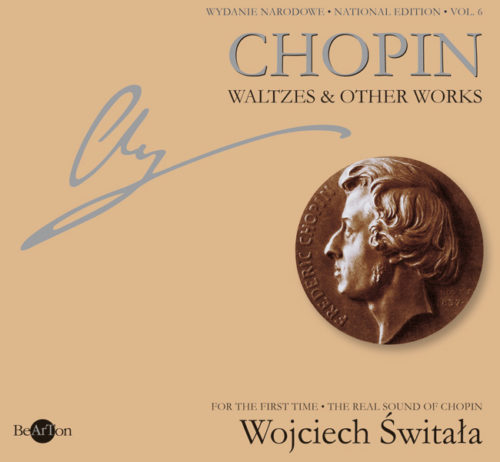




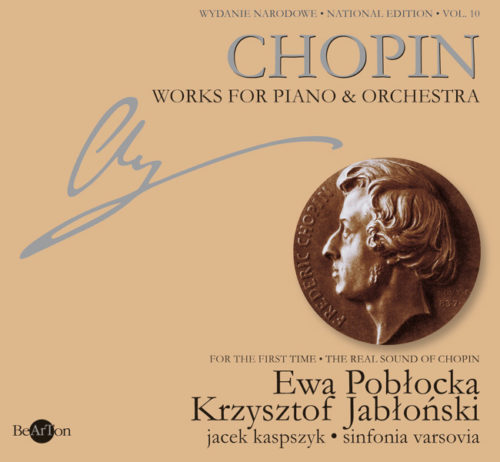

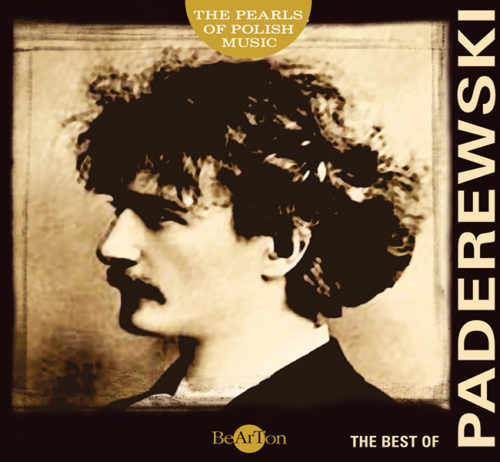
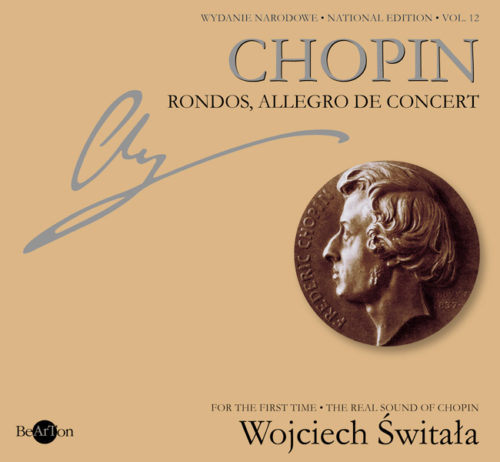


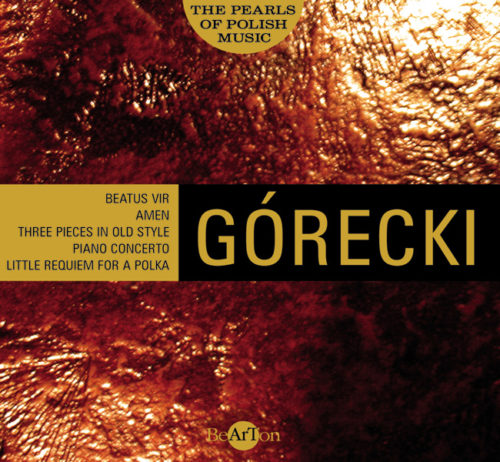
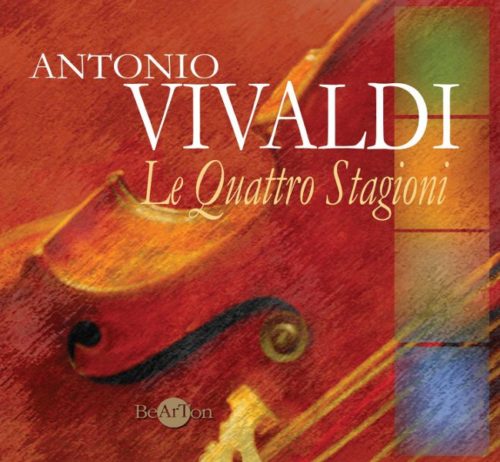
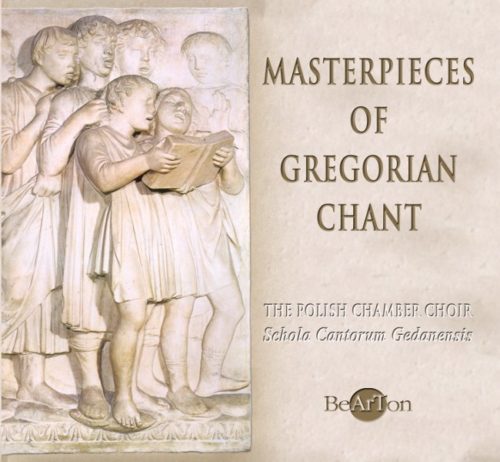
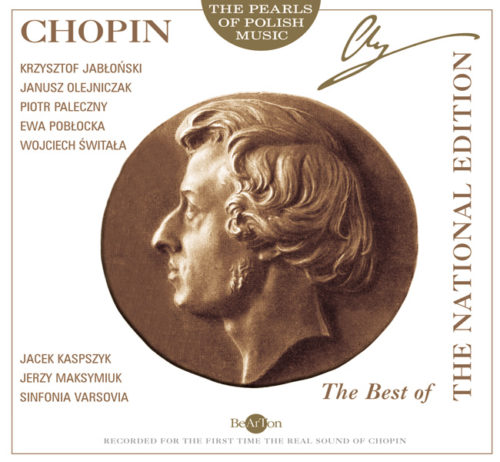
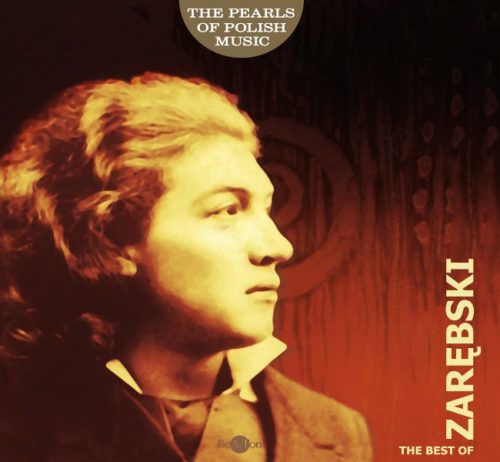
![Chopin - Mazurki i inne utwory [B] CDB038](https://www.bearton.pl/wp-content/uploads/Chopin-Mazurki-i-inne-utwory-B-CDB038-A-500x462.jpg)
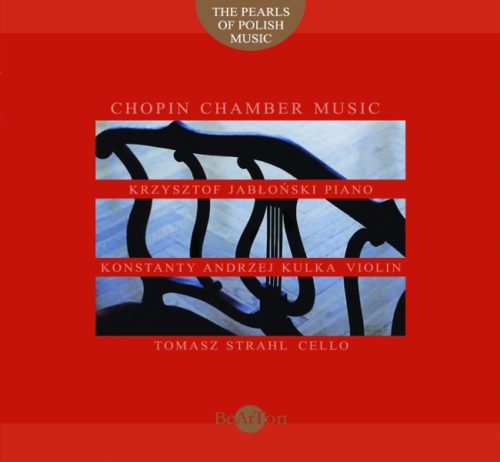
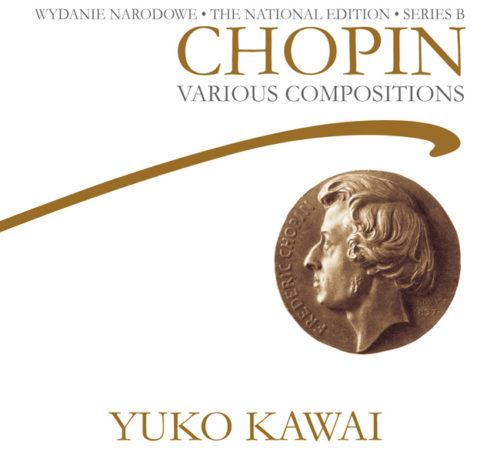

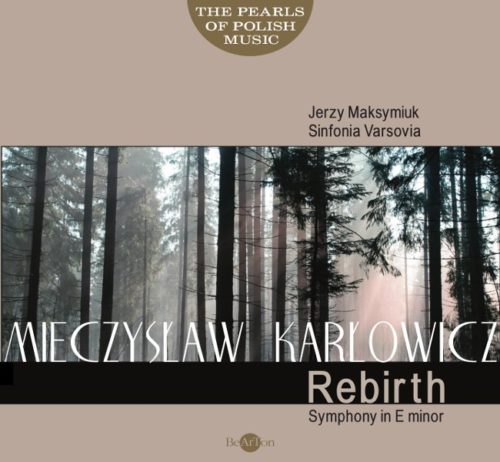
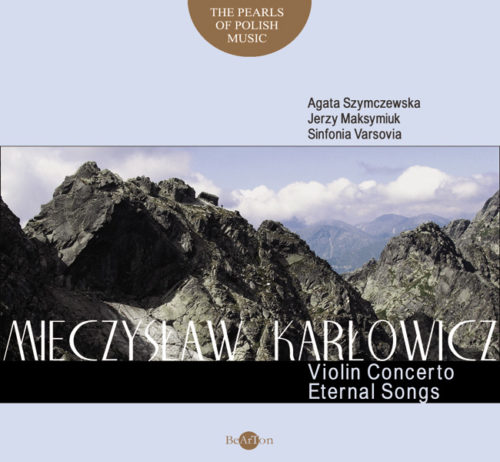


![Chopin – Pieśni [B] CDB046](https://www.bearton.pl/wp-content/uploads/Chopin-Piesni-CDB046-A-500x462.jpg)
![Chopin – Walce [B] i inne utwory CDB047](https://www.bearton.pl/wp-content/uploads/Chopin-Walce-B-i-inne-utwory-CDB047-A-500x462.jpg)

